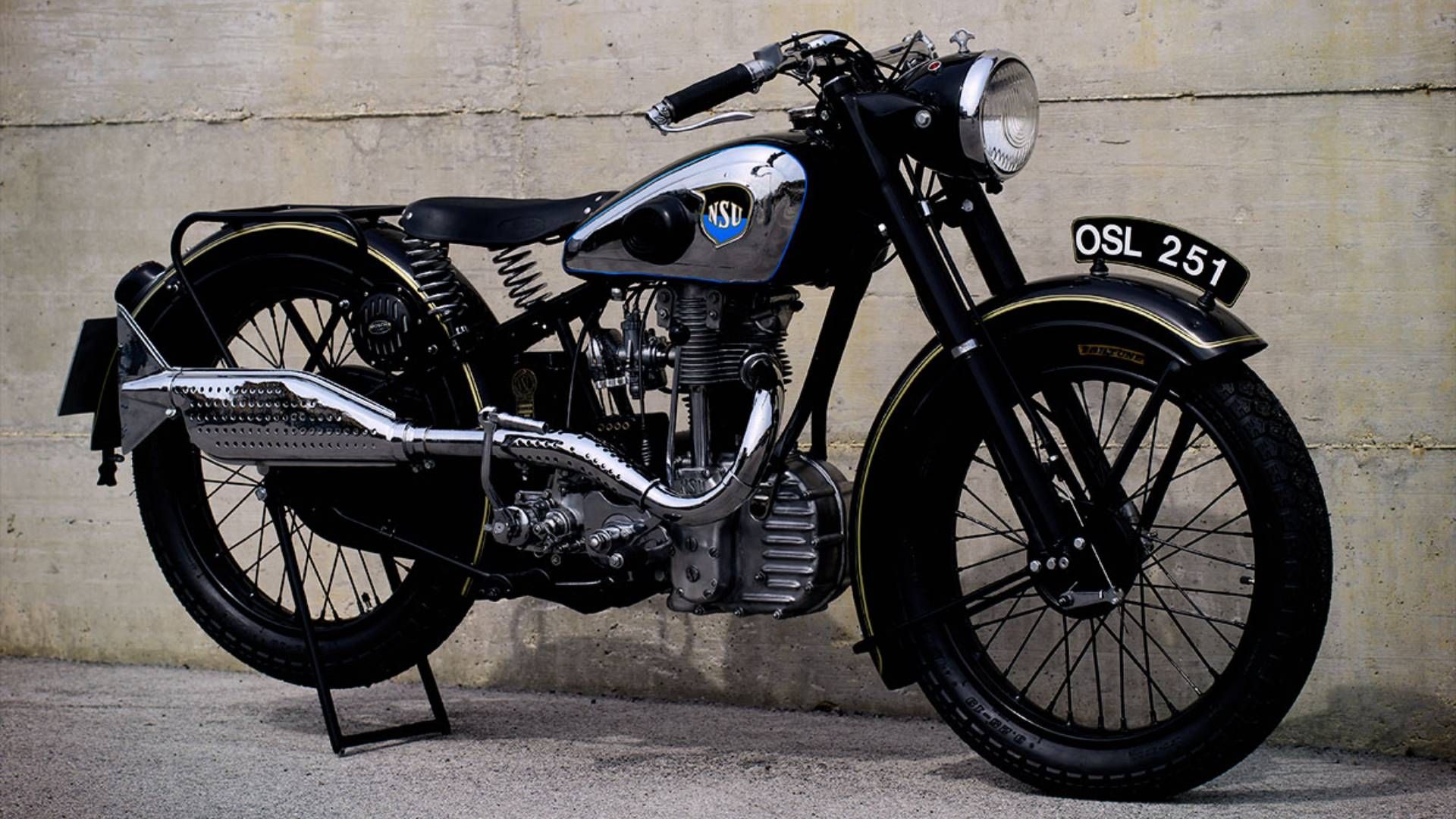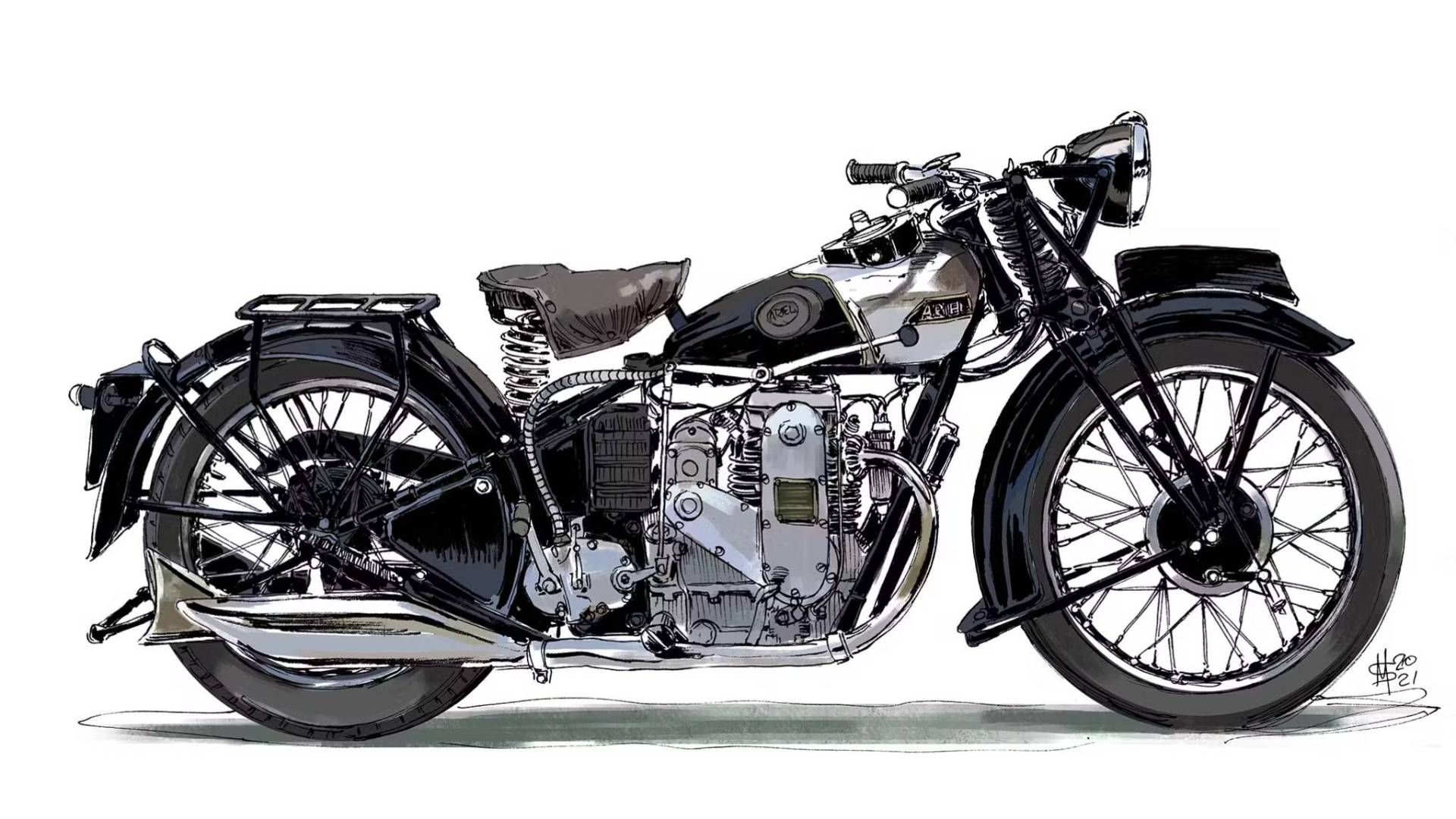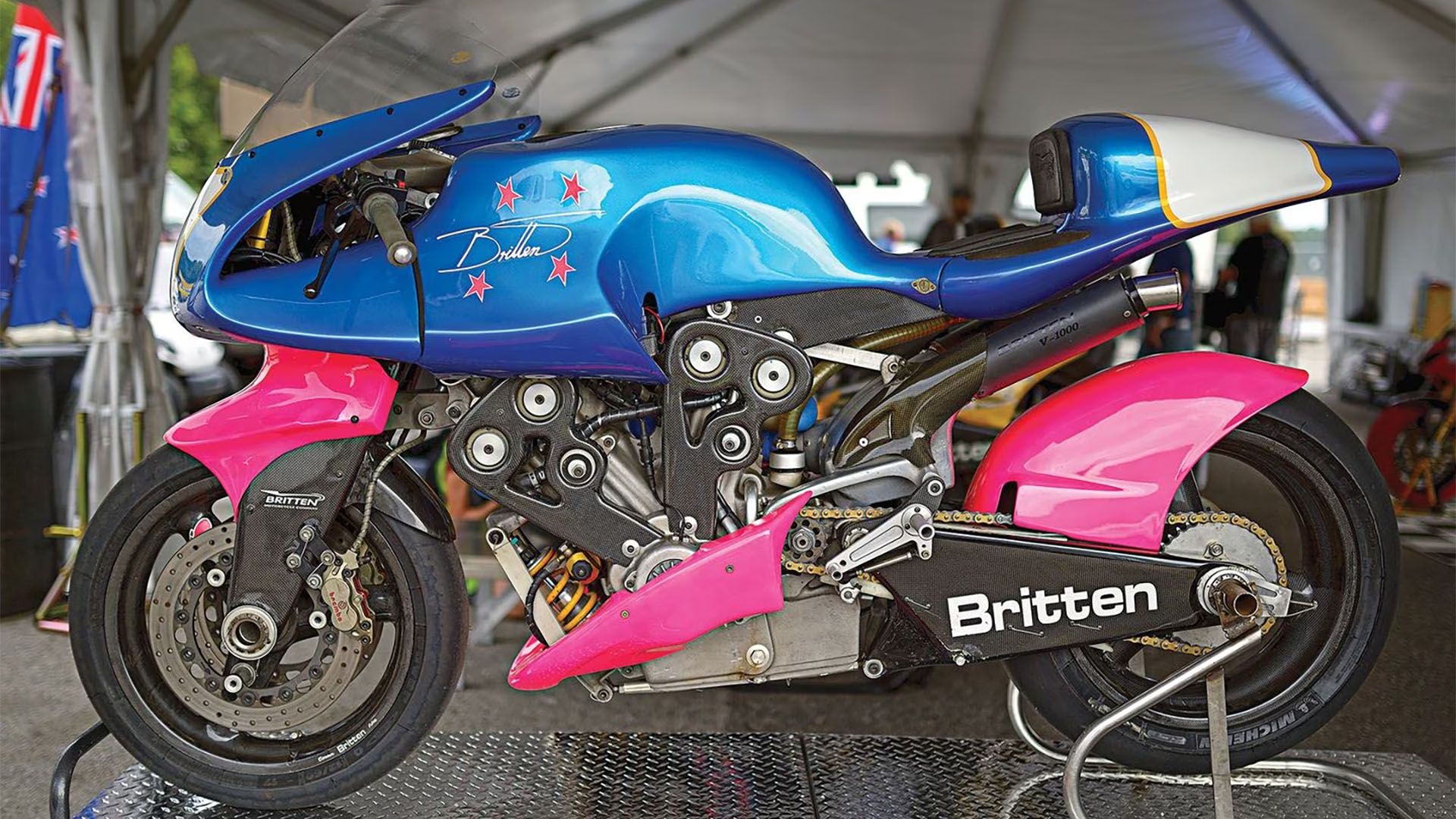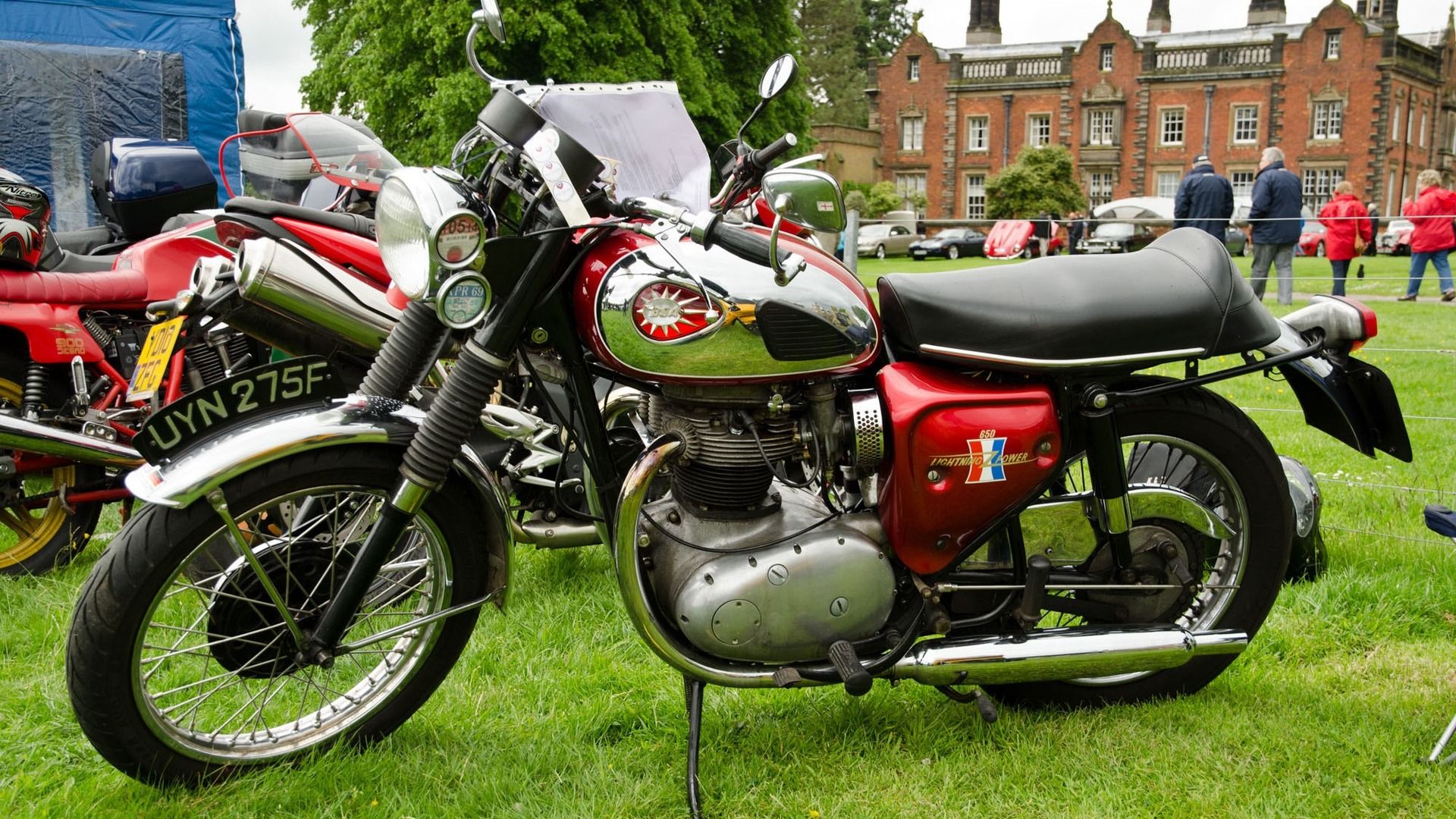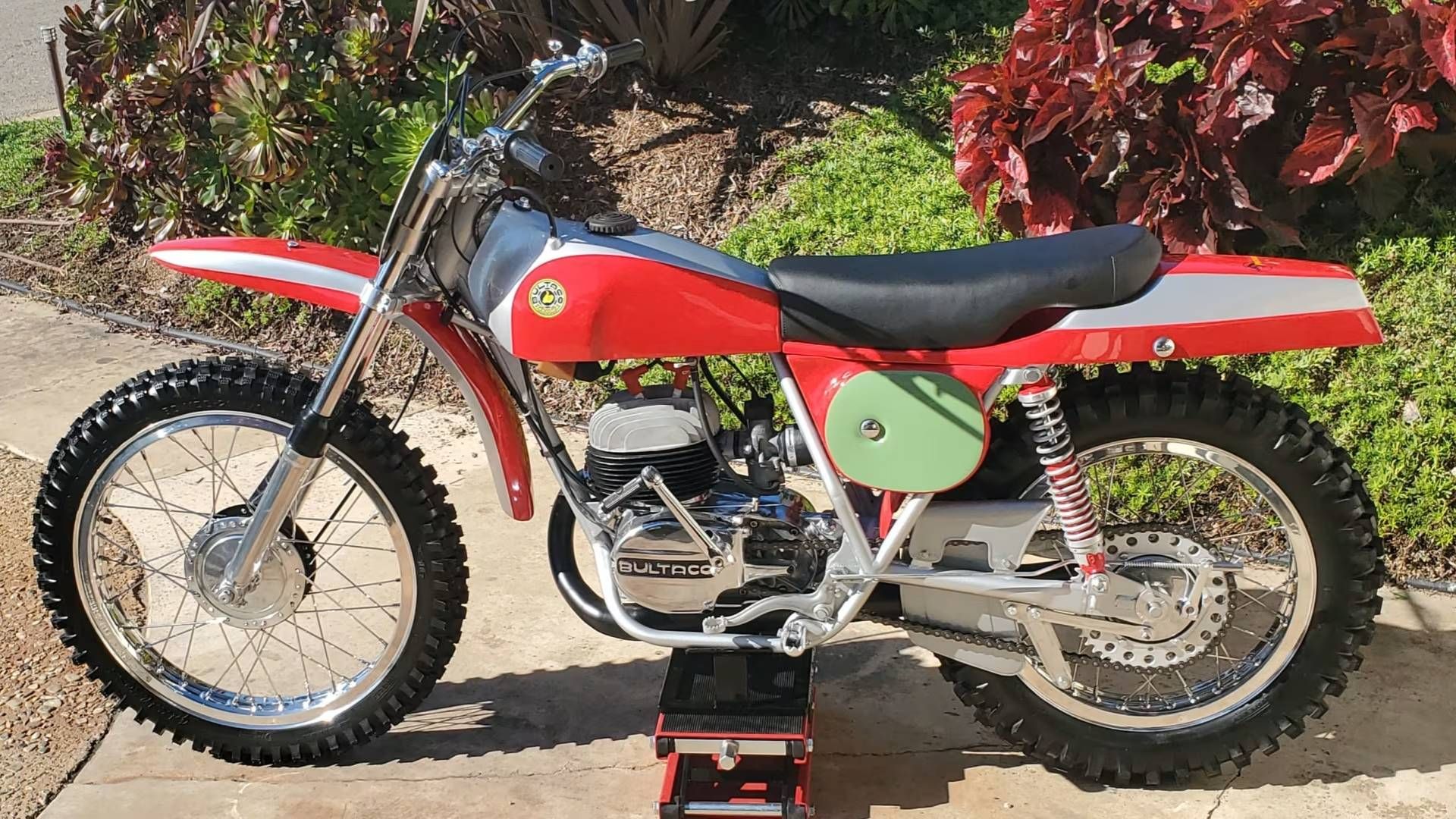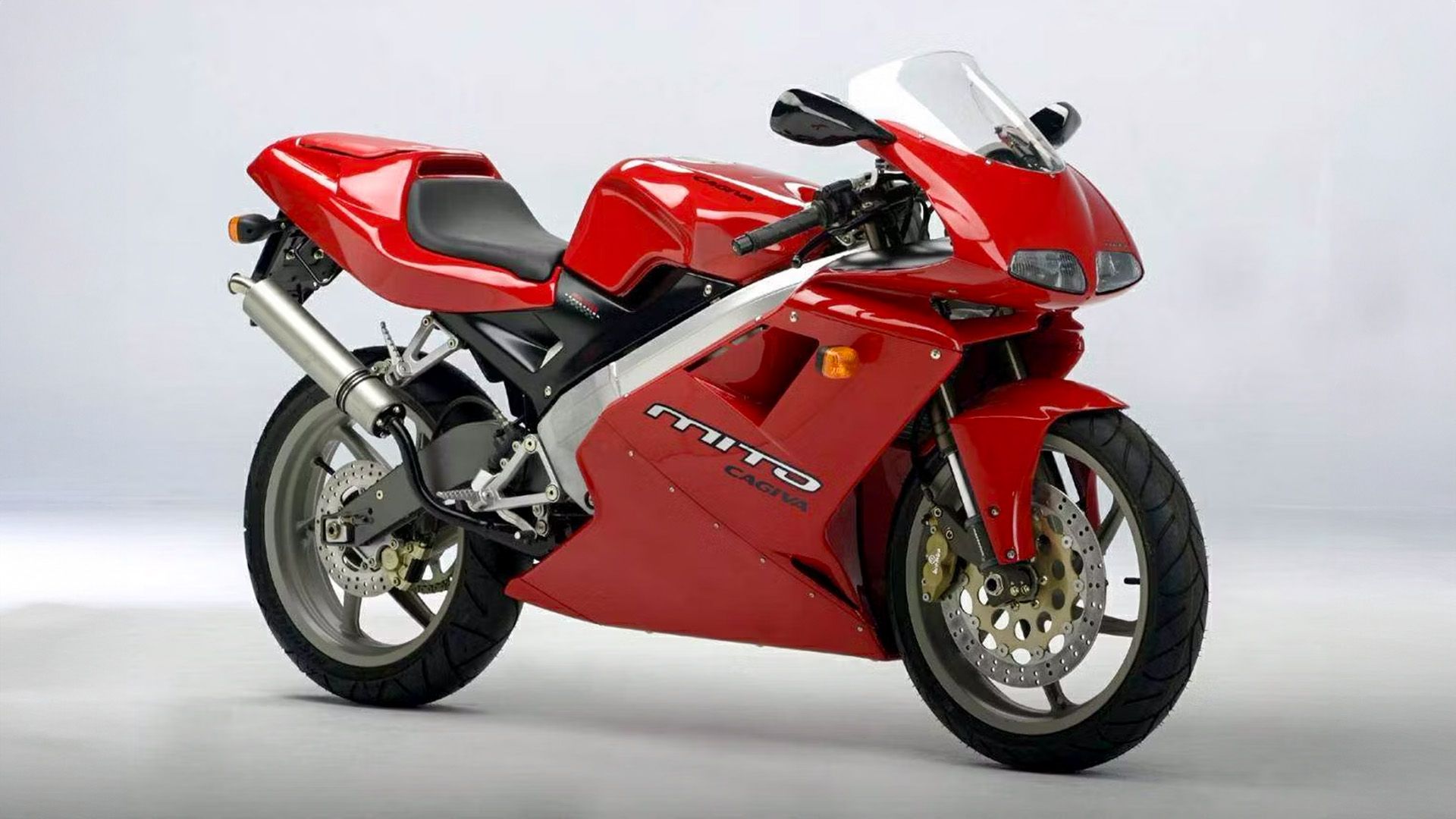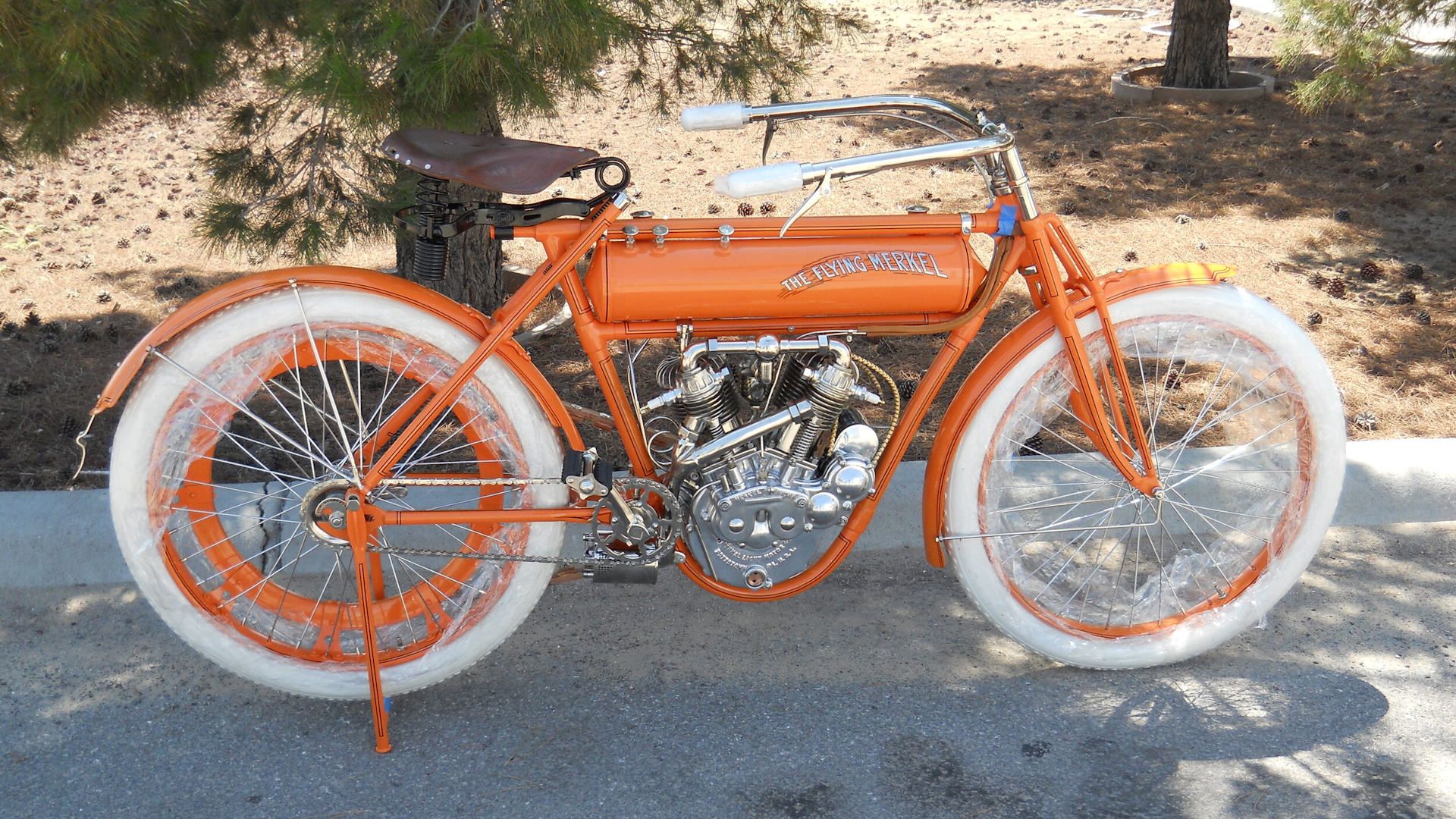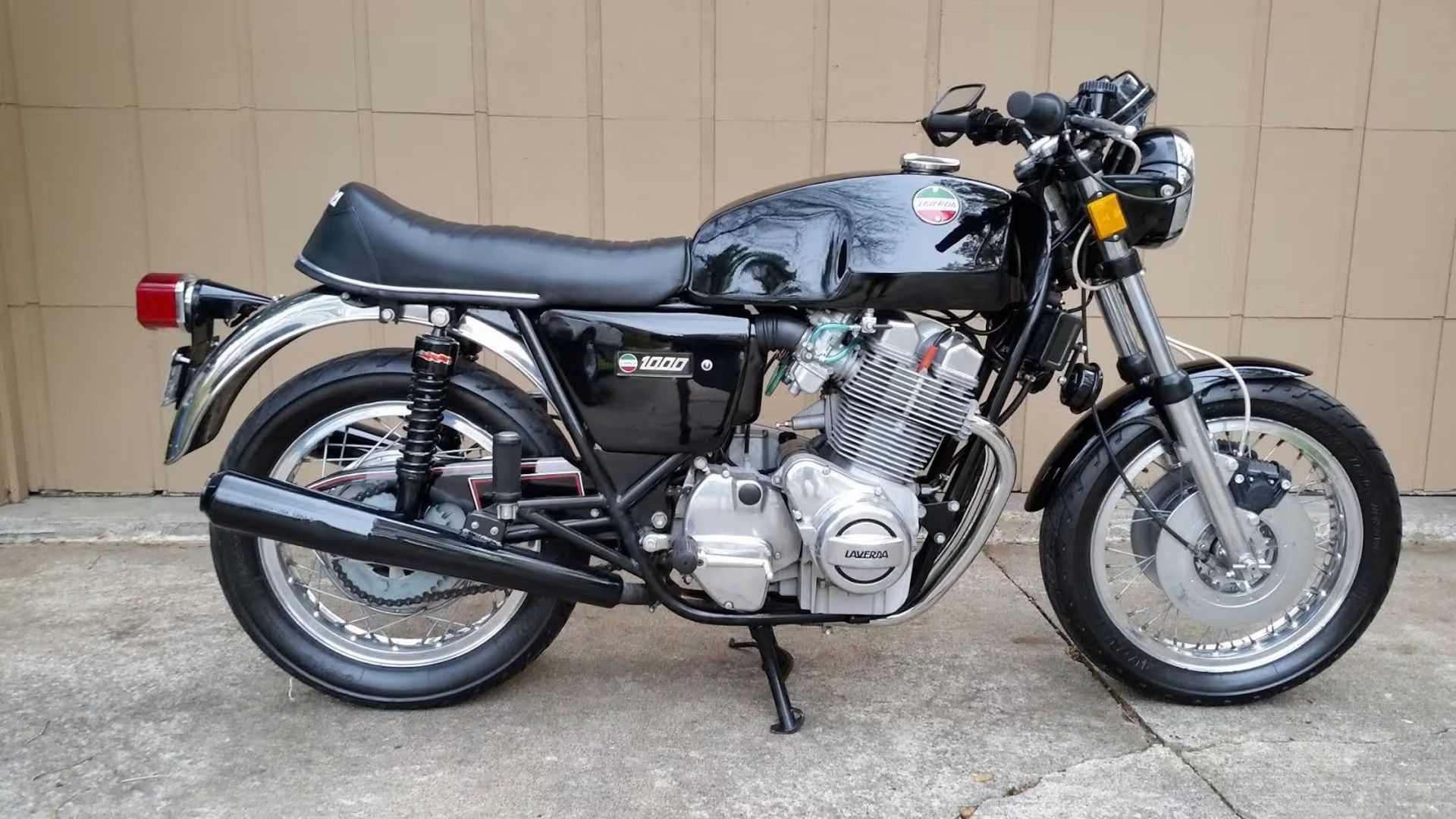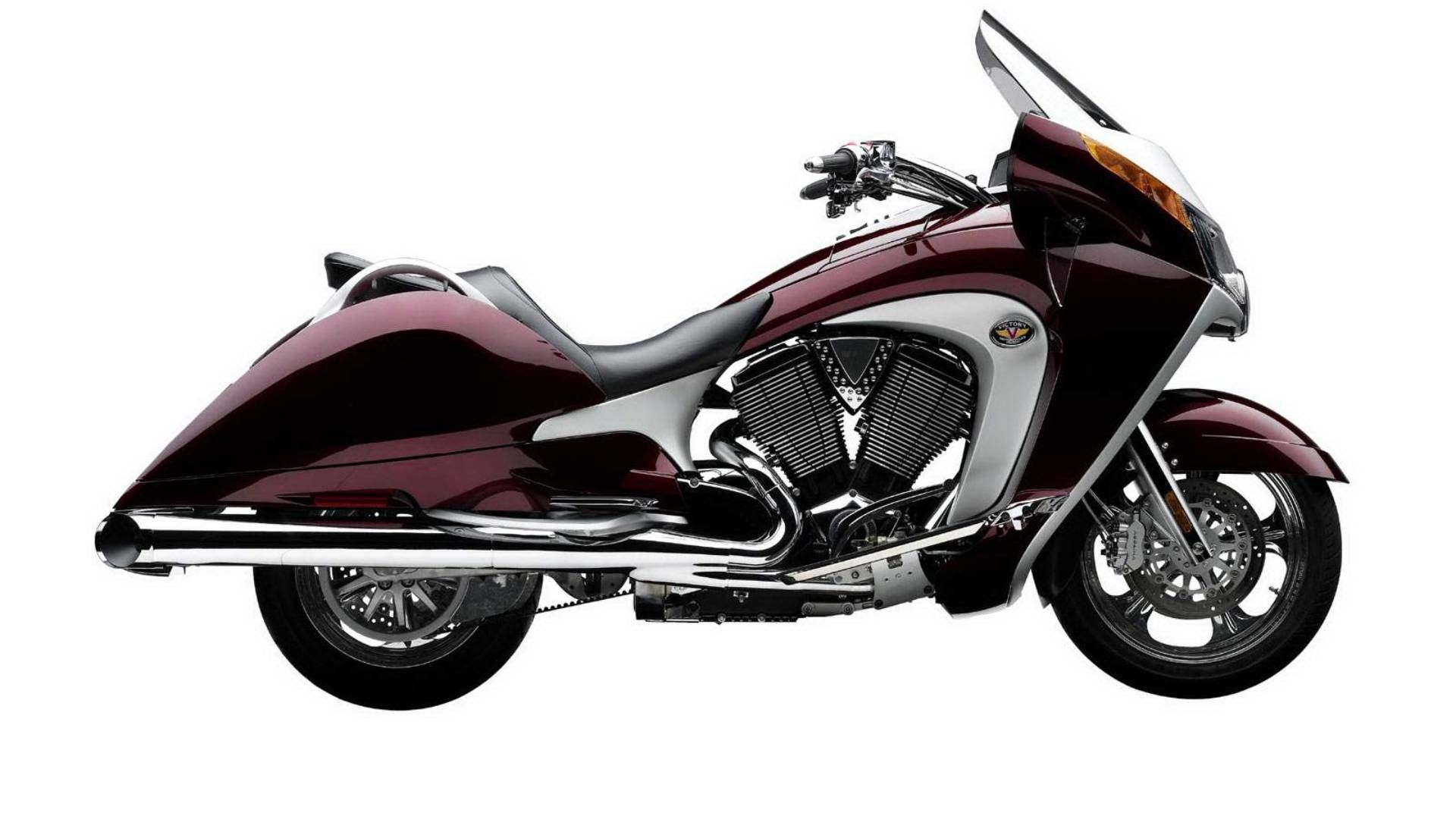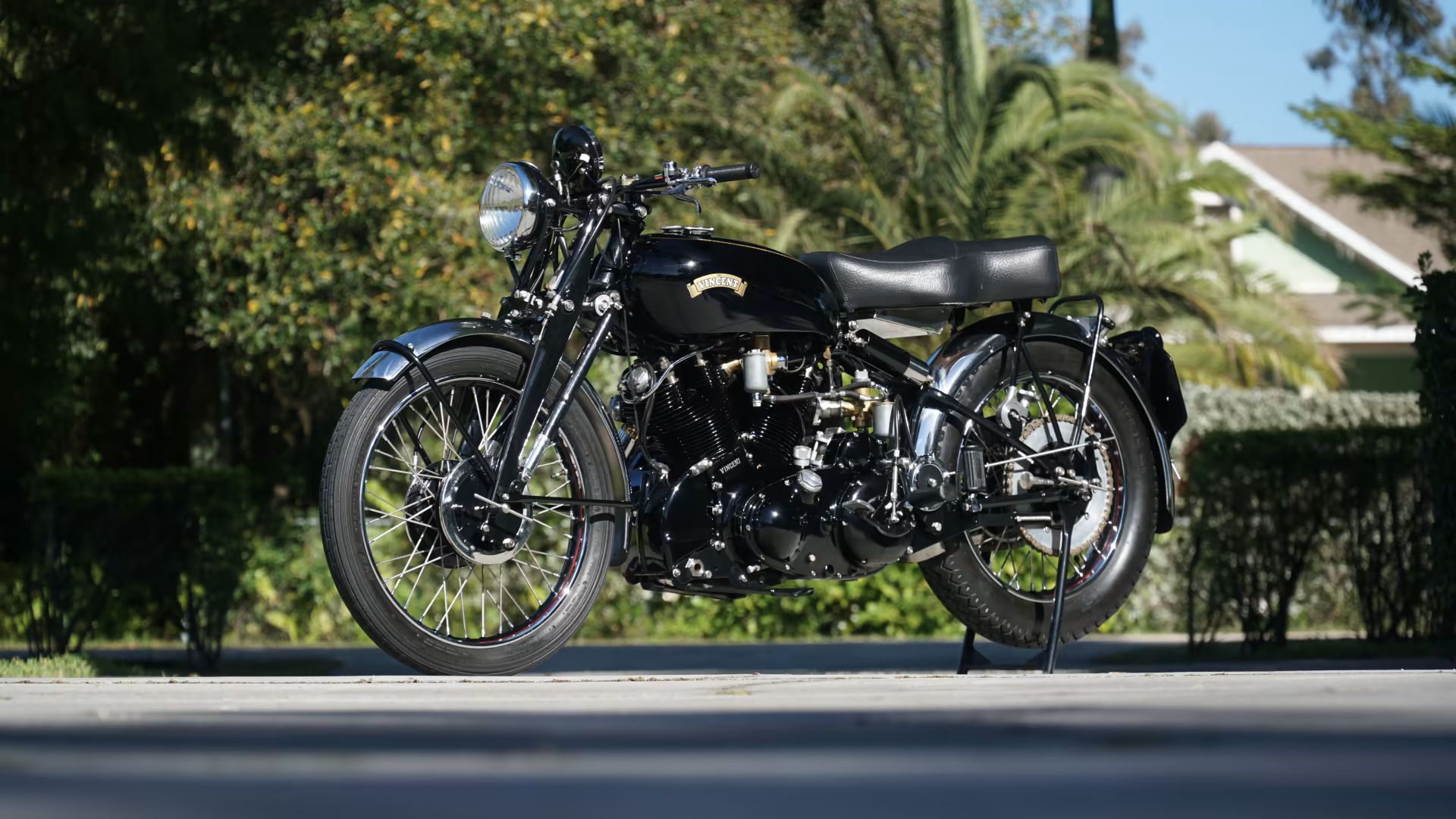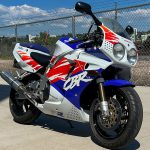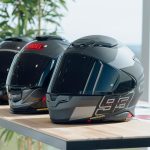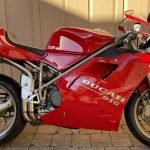The history of motorcycles is littered with names that once represented the best of their time but which, for various reasons, were destined to not survive. Most were caught out by changing economic and social conditions, which meant that innovation was stifled. Also, this allowed Japanese manufacturers to enter those markets and turn motorcycling completely on its head, certainly in terms of European and American motorcycles. What is noticeable is that several manufacturers on this list were tiny in terms of production numbers compared to the major manufacturers, but had an influence on motorcycling way beyond their production figures.
In order to give you the most up-to-date and accurate information possible, the data used to compile this article was sourced from various manufacturer websites and other authoritative sources, including www.motorcyclenews.com, www.cycleworld.com and www.motorcyclespecs.co.za. The entries are listed in alphabetical order.
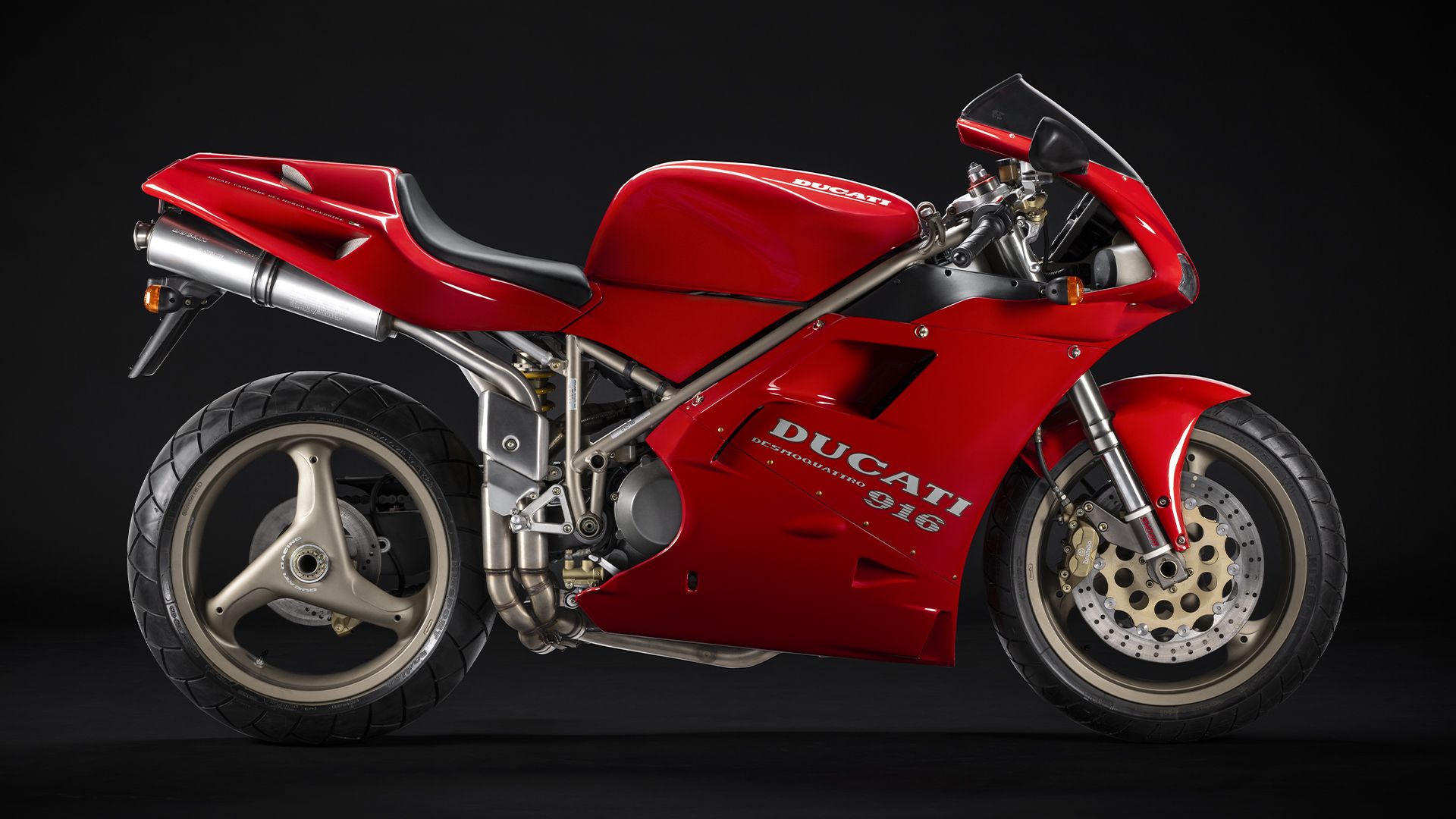
10 Iconic Motorcycle Brands That Shaped The Industry
Without these iconic brands, motorcycling as we know it today would be very different.
10 Ariel
Production Years: 1902 – 1970
One of the great names of British motorcycling, even if the name carries less recognition than the likes of Triumph, BSA, or Norton. Ariel was where Edward Turner – later to steer Triumph to huge success – first made his name, initially with the successful Red Hunter models and, later, with the amazing Square Four. It utilized an engine of his own design, with the four cylinders arranged in a cruciform configuration and two crankshafts linked by gears. The later Ariel Leader model utilized full enclosure of all the mechanical elements by bodywork, which was a bonus for people who used their motorcycles year-round, especially in the UK with its less-than-pleasant weather. It all came to an ignominious end with the disastrous Ariel 3 trike in 1970.
9 Britten
Production Years: 1991 – 1998
The tragedy of Britten Motorcycles is not that production ceased with the death of founder John Britten from cancer after only 10 examples had been built, but that the motorcycling world was denied seeing what Britten’s fertile mind would come up with next. In his home workshop, Britten built virtually every single component of the motorcycle, including engine, chassis, suspension, data logging software, wheels, and bodywork, much of it in carbon fiber, incorporating his own thoughts on a radical design. That the Britten V1000 went on to race against – and beat – the best manufacturers in the world, is no less incredible. Renowned journalist Alan Cathcart said:
It’s incredibly ironic that instead of Europe or Japan, the most sophisticated and technically advanced motorcycle in the world comes from New Zealand.
8 BSA
Production Years: 1910 – 1973
If BSA never quite managed the glamour image of great rival Triumph, then it more than made up for it in terms of production numbers. At one point, BSA proudly claimed it was the biggest motorcycle producer in the world. Some estimates place production of the BSA Bantam alone, which was derived from the German DKW RT, at 500,000. Even if many BSA models were slightly staid and very worthy, there were others that were everything a hot-blooded young rider could ever want.
Examples include the Gold Star, Lightning, Thunderbolt, and Spitfire models that could match the best from Norton and Triumph. But management issues from the 1950s onwards, not to mention increasing Union intransigence, would bring the British motorcycle industry – which, by the late 1960s, was the BSA Group – to its knees, with well-documented results. Today, the BSA name has reappeared on a line of retro roadster models.
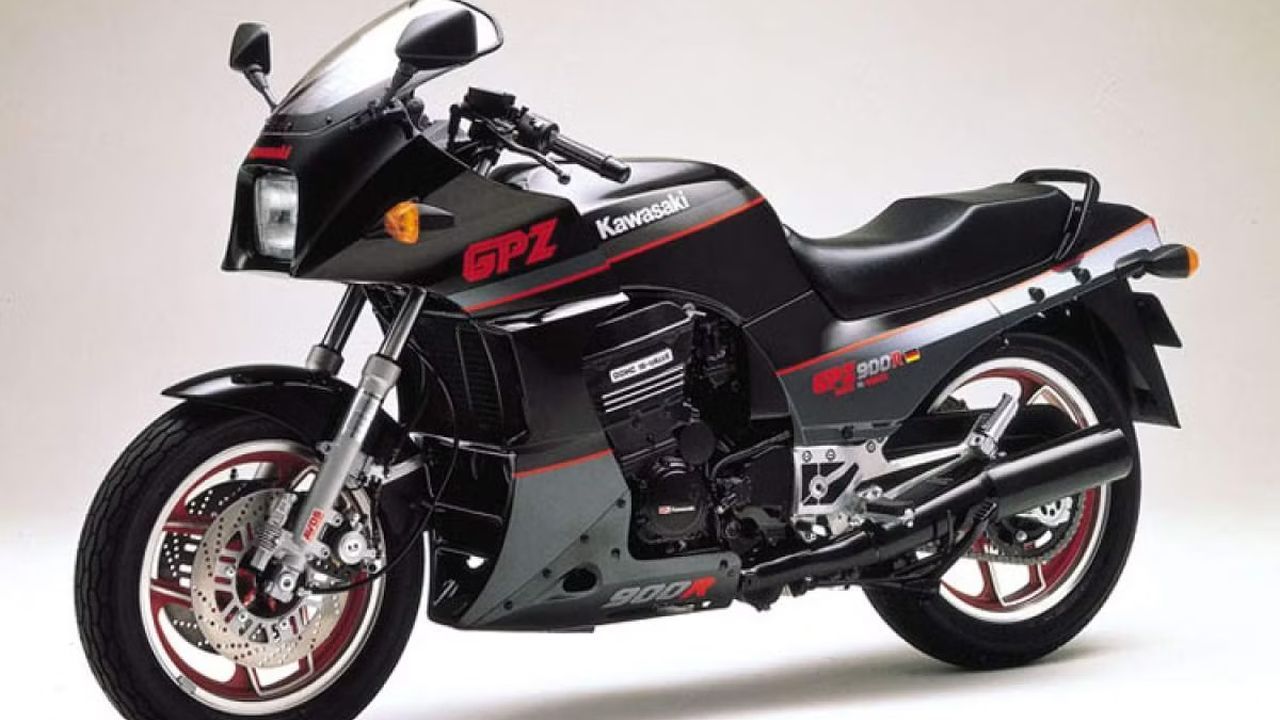
10 Iconic Motorcycles That Defined The 1980s
The 1980s was a time of innovation and reinvention for the motorcycle world, and these bikes stood out as iconic
7 Bultaco
Production Years: 1958 – 1983
Bultaco was founded by ‘Paco’ Bultó, after he left Montesa (a Spanish motorcycle manufacturer) over a dispute about whether to continue the racing program. The most famous Bultaco model was the Sherpa T trials bike, which revolutionized the sport in the 1960s. At that time, trials were almost exclusively a British sport using big, heavy, four-stroke machines.
Irish trials ace Sammy Miller teamed with Bultó to produce a lightweight, two-stroke machine, which rendered the heavy four-strokes obsolete. Huge success in the 1960s stimulated the popularity of the sport in both Europe and the U.S., which would be a lucrative market for Bultaco, especially with the Pursang and Astro models. Bultaco dominated the World Trials Championship in the 1970s, winning the title eight times. Eventually, Bultaco couldn’t compete with the Japanese manufacturers and the factory was closed.
6 Cagiva
Production Years: 1978 to 2012
Without the Castiglioni family, Italian motorcycling would look very different today. At one time or another, the family-owned both Ducati and MV Agusta (not to mention Moto Morini and Husqvarna) and saved both companies from certain closure. In 1978, Cagiva (CAstiglioni GIovanni VArese) bought the Aermacchi/Harley-Davidson factory and commenced motorcycle production, at first using the Aermacchi/Harley engine and, later, sourcing Ducati V-Twin engines before buying that latter company in 1985.
Models such as the Elefant adventure bike and Mito road bike were well-received and, in the case of the Elefant, successful in rally raids such as the Paris-Dakar. But the company decided to concentrate on MV Agusta and the Cagiva brand took a back seat. Harley-Davidson bought MV Agusta (and Cagiva) in 2008 but sold it back to the Castiglioni family a year later. Since then, the Cagiva brand name has not been seen on a motorcycle.
5 Flying Merkel
Production Years: 1911 – 1915
For a motorcycle that was in production for only five years, the Flying Merkel has made a big impact on the motorcycling world. They are a big attraction whenever one appears at a motorcycle show. Joe Merkel started building motorcycles in 1903, using an engine of his own design. Called Merkel Light, the name changed to Flying Merkel when the company was bought by the Miami Cycle and Manufacturing Company of Middletown.
A bright and shiny orange paint was used, which would become the model’s signature aesthetic element. Innovation came in the form of mono-shock rear suspension when most bikes had no suspension and, while the front appeared to be an unsprung-trussed fork, it was actually telescopic, using dual coil springs. The First World War interrupted production, which never re-started when it was over.
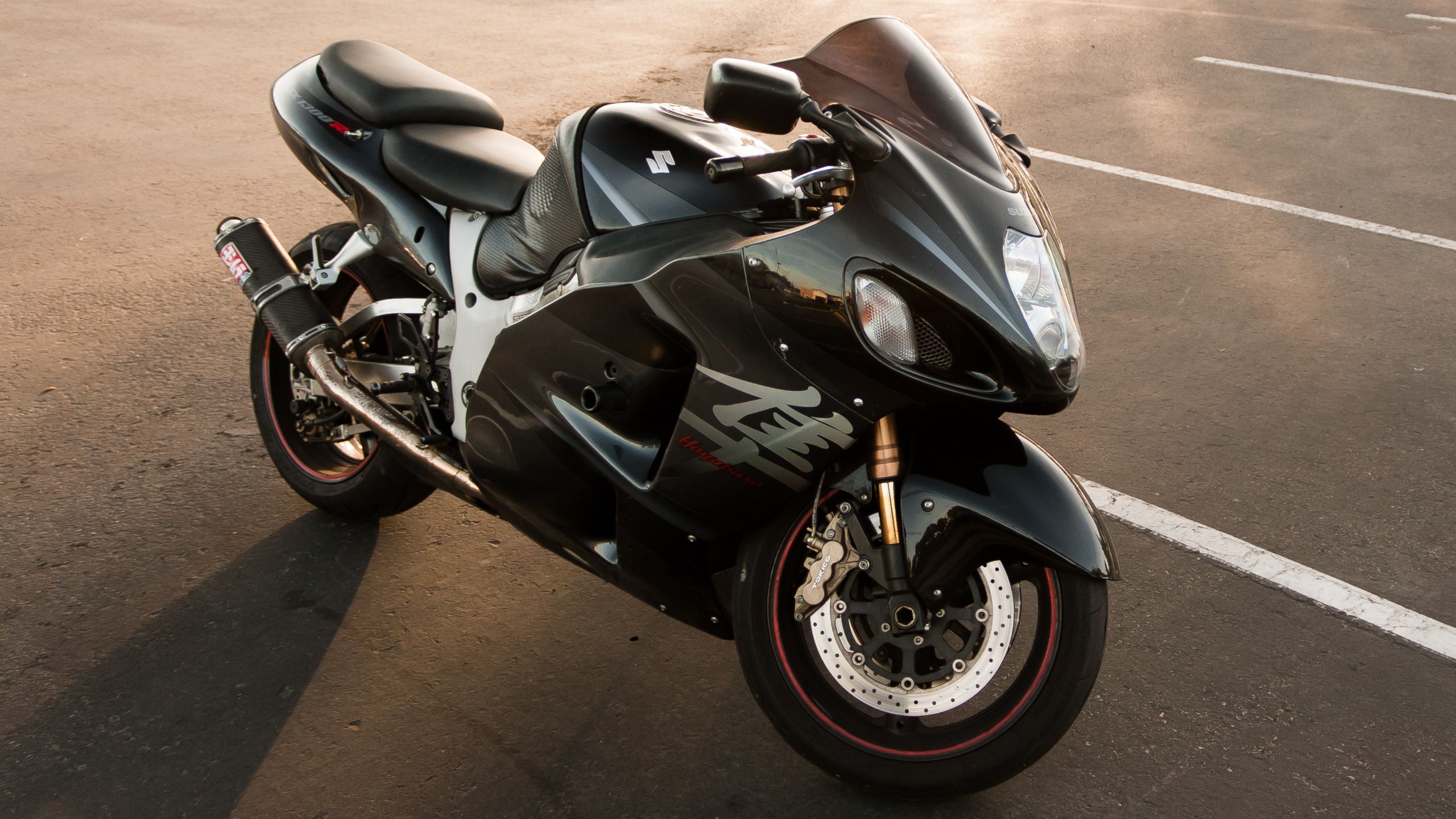
10 Iconic Motorcycles That Defined The 2000s
The 2000s gave birth to the some of the fastest and most incredible motorcycles ever made
4 Laverda
Production Years: 1949 – 2006
Yet another of those long-established Italian engineering concerns which turned to motorcycle production after the ravages of the Second World War. At the outset, production centered around small-displacement models, with high quality, durability, and innovation to the fore. When the 1960s arrived, thoughts turned to bigger-engined models, in the form of 650cc and 750cc parallel twins, made with some of the finest components available at the time, including Japanese electrics.
The 750 SFC competition model was very successful and then the arrival of the Japanese four-cylinder motorcycles prompted the development of the three-cylinder, 1,000cc, Laverda engines. They would find fame in the Jota sports model, which was the fastest production motorcycle at the time, with a top speed of 146mph. As with so many manufacturers, Laverda simply couldn’t compete with the Japanese and, even though the company was taken over by Aprilia and, later, Piaggio, its best days were behind it and, by 2006, the name had disappeared.
3 NSU
Production Years: 1901 to 1969
NSU was a German engineering company, first producing knitting machines in 1873, then bicycles and, from 1901, motorcycles. The name is an abbreviation of Neckarsalum, the German city where the company was based. The Second World War was particularly devastating to NSU, but the company revived to become the world’s largest motorcycle manufacturer, producing 350,000 bikes in 1955.
NSU was successful in 125cc and 250cc Grand Prix racing in the early 1950s, and the company was active in speed record attempts, in classes from 50cc to 500cc. In 1956, a supercharged 500cc NSU set a record of 200mph at the Bonneville Salt Flats. It was also heavily involved in automobile production, models such as the Ro80 Wankel-engined sedan being particularly innovative. But, by 1969, NSU had been absorbed into the Volkswagen group and paired off with Auto Union. This partnership would later be branded Audi and the NSU name would disappear.
2 Victory Motorcycles
Production Years: 1998 to 2017
The first viable alternative to a Harley-Davidson for many years, Victory was Polaris Industries’ first attempt at an affordable and more modern-engineered alternative to that venerable brand in the American cruiser market. The first model, the V92 C, arrived in 1998 and brought something new to the market, both in terms of engineering and styling, which was as modern as the Harley was ‘retro’. There was still a thumping V-Twin engine powering it and the brand built a good reputation as well as some distinctive models. But Polaris’ acquisition of the Indian name in 2017 spelled the end of Victory as the Indian name had the legacy and growth potential. So all eggs were thrown into that basket, and you have to say it was the right move, as subsequent sales success has proven.
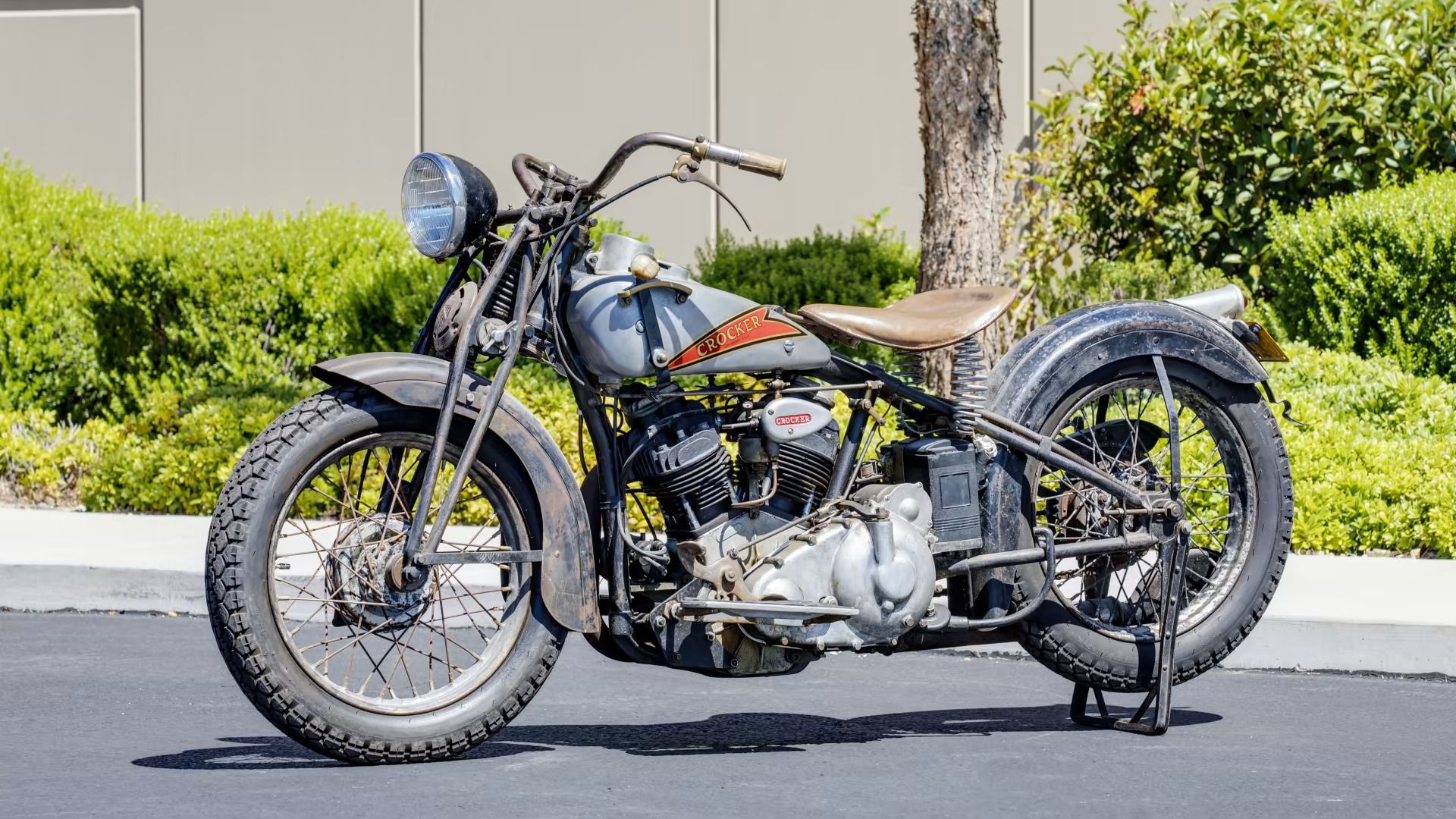
10 Vintage Cruiser Motorcycles That Every Collector Dreams of Owning
Some metric examples can be had for under $5,000, while iconic American offerings require a lot more cash to take ’em home
1 Vincent
Production Years: 1928 to 1955
Despite building in the region of only 11,000 motorcycles in 27 years, Vincent had a huge influence on motorcycle design. Philip Vincent and his chief engineer, Phil Irving, took a practical approach to design, making components perform more than one job in the pursuit of simplicity, reliability, and strength. Referring to using the engine as a stressed member, Philip Vincent said:
What isn’t present takes up no space, cannot bend, and weighs nothing — so eliminate the frame tubes!
When Phil Irving saw two engineers’ drawings of the new single-cylinder Vincent engine lying on top of each other, the light shone through, showing the two cylinders sitting at a V-angle. Thus, the 1,000cc Vincent V-Twin was born. The Black Shadow model was the fastest production motorcycle of its day, with a top speed of 125mph, while Rollei Free took a Black Lightning racing model to 150mph at Bonneville to set a new U.S. motorcycle land speed record in 1948. By 1955, however, it was all over and no one had seen fit to resurrect the brand, so far!

